Autumn Statement 2016
In his first Autumn Statement, Chancellor Philip Hammond praised the "strength and resilience" of the UK economy since the Brexit vote and pointed out that the IMF predicts the UK will be the fastest growing major economy this year, with employment at a record high.
However, the GDP growth forecasts going forward from the Office for Budget Responsibility were lower - 2016: 2.1% (up from 2% forecast in March) 2017: 1.4% (down from 2.2%) 2018: 1.7% (down from 2.1%) 2019: 2.1% (unchanged) 2020: 2.1% (unchanged).
The chancellor made a few sensible announcements. He confirmed that the government no longer seeks to deliver a surplus in 2019-20; he stated that he is moving the full annual Budget to the Autumn, reducing the traditional Spring Budget to a simple statement in response to the Office of Budget Responsibility’s (OBR) half-yearly forecast for the economy; and he also committed the government to spending between 1% and 1.2% of GDP each year on more affordable housing and infrastructure projects. There were signs too that the chancellor was looking to simplify some elements of our over-complicated tax regime – for example with the alignment of the starting rate of income tax with the starting rate for employee National Insurance contributions.
For savers and investors, there were a few points of note, the first being that from spring 2017, a new savings bond will be launched through National Savings and Investments (NS&I). The interest rate is likely to be set at about 2.2%.
The three year bond will be available to those aged 16 and over, with a minimum investment of £100 up to a maximum of £3,000.
The NS&I ‘pensioner’ bonds proved to be very popular, so this could be too. It certainly looks better than most bonds currently on the market. However, with inflation expected to rise towards 3%, your savings would still lose out – and by then interest rates elsewhere may also be higher.
There was good news for pensioners – for now - with regards the pensions triple lock. This guarantees that pensions rise by the highest of the growth in average earnings, the Consumer Price Index or 2.5 per cent and it was confirmed that it was safe until at least 2020. However, the indications are that it may not last much beyond that. A Department for Work and Pensions cross-party select committee proposed a double lock, so this is a future possibility.
The chancellor also announced that there will be a limit on the amount of money people can recycle in their pension, once they have already started the process of drawing on their pension savings. He plans to reduce the money purchase annual allowance from £10,000 to £4,000 in April 2017 for those who start to take money from their defined contribution pension pot. This could leave savers with only very limited scope to make further pension savings in future and could well deny them the benefit of future employer contributions.
For many, this seems an unnecessary tweak and also contrary to the previous aim to make retirement more flexible after the pension freedoms introduced in April 2015. It is also not clear how much money this will actually raise.
For investors, what is clear is that governments will continue to chip away at pension allowances and so it makes sense for pension savers to make the most of the pension tax breaks while they can.
Elsewhere, the chancellor announced a clampdown on salary sacrifice schemes. With effect from April 2017, the tax benefits and employer NI savings of salary sacrifice schemes will be removed. However, some of the key benefits will retain the tax and employer National Insurance savings – pensions (including advice), childcare, cycle to work schemes and ultra-low emission cars. Arrangements for cars, accommodation and school fees will continue until 2021.
With the core benefits of pension contributions childcare and cycle to work having survived, this could be perceived as positive not negative news. However, it could also be interpreted as the start of a plan to get rid of salary sacrifice altogether.
Elsewhere, it was announced that Insurance premium tax will rise from 10% to 12% next year, which all insurers will pass on in premium increases for household, motor and other insurance policies.
For more information or help with the Autumn Statement and its implications for you, contact Kellands.
